We are re-releasing our Incomplete Manifesto of ‘Design & Craft – Made in India’. First shared in 2016, it still calls to areas of focus and importance, especially as design in India continues its global ascent.
The next few years are important for our communities and require a keener attention to domestic housekeeping, especially as a collective. We wish the Manifesto had shortened over the years, but while reading you’ll see that many of these points remain relevant. From our end, we are mindful to address 1, 2, 8 and 12 directly with clients and reflect it in our work deliverables. The rest remain active conversations and we look forward to proactively addressing a few of these. Please add your name in the comments if you would like to sign on. Commentary / debate is welcome – always happy to hear your thoughts.
Above: Image | Khadi slub visible on designer Rashmi Varma’s garment
Irregularities are the perfect nature of handmade. There is no need to subconsciously compare it with mechanized processes.
This is an easy change to action … simply delete from brand statements.
Heartening to hear of more people doing this. As a next step, see if you can do something about it. Everything can always be made better, and it might be more affordable than one thinks. Conversations cost nothing, and eye camps / health checks are not prohibitive either.
Above: Image | Sanjay Garg A/W 2018 ‘Cloud People’
As ‘Made in India’ continues its global ascent, design will ultimately be the differentiator, not only craft. The industry is rife with those working with surface techniques / handloom / local craft as the only differentiator. It would be wonderful to see more of those confident to explore otherwise. Max Modesti and textile historian Rahul Jain have been exemplifying this for many years.
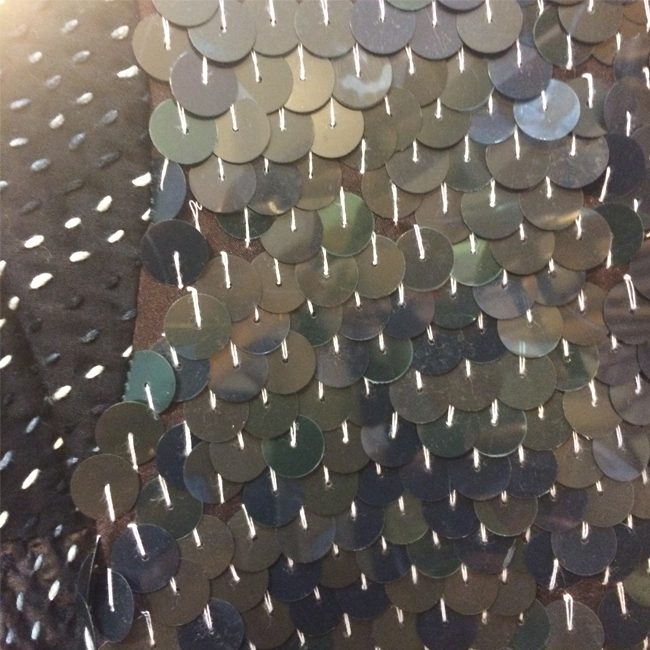
Above: Image | sequins made from discarded hospital x-rays by Abraham & Thakore for FW 16
This is hard to write because over the last few years many convince themselves that ‘handmade in India’ is synonymous with ‘ethical’ or ‘sustainability’. In fact, sustainability looks more like conversations Céline Semaan is having. As we continue our ascent, we have the choice to enter the global stage having this addressed internally first. It would be great to have more Indian representation on this global conversation. Aside from Anita Dongre as a brand, and more recently Bandana Tewari, we are conspicuously absent from the major conversations / forums on sustainability including the Copenhagen Fashion Summit or Business of Fashion.
‘Revival’ is a long process that is a function of time and quantifiable metrics, not talk.
Makers would do well to speak with humility and less ownership about ‘revival’ and ‘innovation’. There are many who have, and are, working in the same space. Collaborate. Keep karigars continuously occupied.
More faces, less hands.
Transcend marketing trends. There is a delicate balance between revealing a process and pandering to the exoticism of ‘behind the scenes’ documentation.
Above: Image | Naga Shawl on Kuvelu Tetseo by Manou of Wearabout
This is an invisible need, and something we at Border&Fall are continuing to address, including an industry workshop in the coming months. Stay tuned!
The terms ‘Contemporizing craft’ and ‘Modernizing craft’ are misleading. We currently lack the lexicon to accurately describe the developing aesthetic, the above indicates craft has not been modern or contemporary in the past and given its overusage, does not speak to anything specific.
We are yet to see or hear of any (especially larger) brands do this. Agreed, private companies are not expected to reveal numbers, but in a market rife with inequity it becomes more important, and yes, required. We always quote Rahul Jain’s increasingly relevant comment on this from a 2015 Mint article: ‘Modern India has hugely undervalued its traditional craftsmanship and seriously underpaid its craftspeople. Let me put it this way: if equitability was a real concern in India, say, via a wage increase that reflects a 21st century valuation of traditional crafts skills and labour, a lot of private players in the field would simply exit. Their profits would fall dramatically.’
Above: Image | Atmosphere Fabrics ‘Chilman’ drapery
This point seems to be the most ‘resolved’ in the Manifesto from when it was first written in 2016. There are less satyagrahas, and there seems to be more of an understanding for each of their strengths.
Hand and machine both have their place and virtues. It is not either/or. It is both. It is about balance.
Above: Image | Ganga Maki Textile Studio built by Bijoy Jain
Lucknow’s Kalhath Institue is a strong example of this, having just spent 10 months on skills development for 14 karigars. Truly, a slow and steady change which we can speak confidently of given our position on its Advisory Board.
The pressure is unreal, and it’s hard to watch brands of all sizes pour money into this. E-commerce in India still has no profitable shining star, no great examples of gain nor proven models. It’s nascent and it’s okay for you to take your time. Also a huge opportunity for people to enter into businesses creating affordable quality content. Santu Misra is one of them.
Digital can be daunting. Too many feel pressure to ‘be online’ or ‘just’ open an ecommerce shop. An ecommerce platform is a new business requiring significant investment. Digital is important but not to the point of inciting anxiety – do it your own way recognizing online transactions in India are still at a nascent stage.
According to us, this is still the invisible crippling epidemic of our creative industries. It is a major concern and problem across the board, one we’ve discussed with academics, architects, retailers to perfumers. Note: for those who are open to learning, detail oriented, professional and have an aesthetic understanding: we would be happy to connect you to our network, email us.
2019 will see another loved retail store close, and a few handful open … meaning that brick and mortar retail spaces are nascent in terms of population. Retailers often still demand exclusive collections, pay international vendors outright and domestic on consignment and have designers chasing payments for months. We’re glad to have seen a rise in the ‘designer mela’ model and are looking forward to newer and novel forms of collaboration. Here ends our 2019 take on the Manifesto – please add your name in the comments if you would like to sign on. ether – that’s when it will happen.
Current signatories: 11.11 / eleven eleven, Abraham & Thakore, Adiv Pure Nature, Akaaro, Akshay Tyagi, Alleyways Handmade, Ambika Magotra, Anaak, Anna Michelis, Antar-Agni, Anu Vishwanath, Anwar Razzak Khatri, Appleblossom, Ayca, Becca Rosen, Behno, Block Shop Textiles, Bodice, Border&Fall, Candy & Scotch Designs, Choti Geeth, Cotton Route, Craft Boat, Craft Revival Trust, Curated Accents, D’ascoli & Company, Delight Events, Dhora, Dress Circle, Ekaya, Fabindia, Fool Dost, GALLERYSKE, Glamour Prints, Good Earth, Grassroots, House of Wandering Silk, India Design Forum, India Kala, Injiri, Ira Studio, Iro Iro, It’s All Folk, Izel Homes, Jain & Kriz, Jaipur Modern, Jodi Life, Kardo, Kashmir Loom, Kloz Kraft Boutique, Label Meghna Panchmatia, Lex Weinstein, Loom to Luxury, Loom Tree, Looms of Ladakh, Manish Saxena, Manjha – The Travelling Thread, Matr, Max Modesti, Maya Weaves, Mayank Anand, Meera Kumari, Meera Patel, Megan Ryley (DTM), Metaphor Racha, Mrittika, Narayan Jewellers, Nool By Hand, Ojjas, Padmaja Krishnan, Payal Pratap, Phantom Hands, Prasad Bidapa Associates, Purearth, Rahul Jain, Rahul Mishra, Rajesh Pratap Singh, Rangsutra Crafts, Rashmi Varma, Ravage by Raj Shroff, Raw Mango, Rehwa Society, Ritu Kumar, Rooshad Shroff, Sagarika Sundaram, Scent of Himalayas, Seemakrish Textiles, Serendipity Delhi, Shift, Shradd Hanigam, Sidr Craft, Soma River,Sonica Sarna Design, Sonja Aggarwal, Studio Non Sequitur, Suket Dhir, Sunita Shanker Studio, Suruchi Khubchandani, Swavlambi, Tahsin Dhirani, Tara May Design, Tharangini Studios, The India Design Project, The Indian Sparrow, The Silk Chamber, The Silk Tree, The Stitching Project, Torrey Witherspoon, Twinkle Hanspal, We Are Kal, Weavers Studio, White Champa, Xx Syndrome, y’aura and Zoltko.
For those interested in signing the Manifesto, please leave a comment for us below including your full name and business name, or email us at info@borderandfall.com.

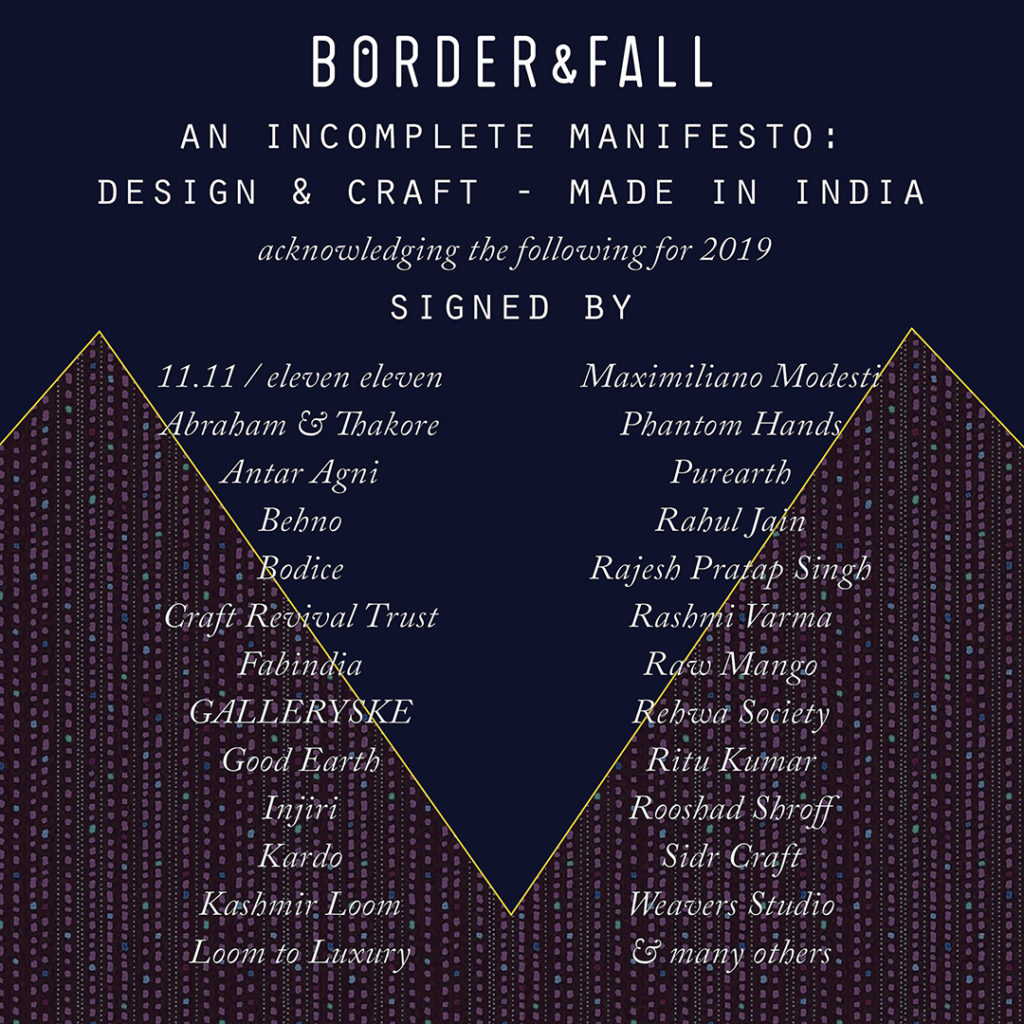
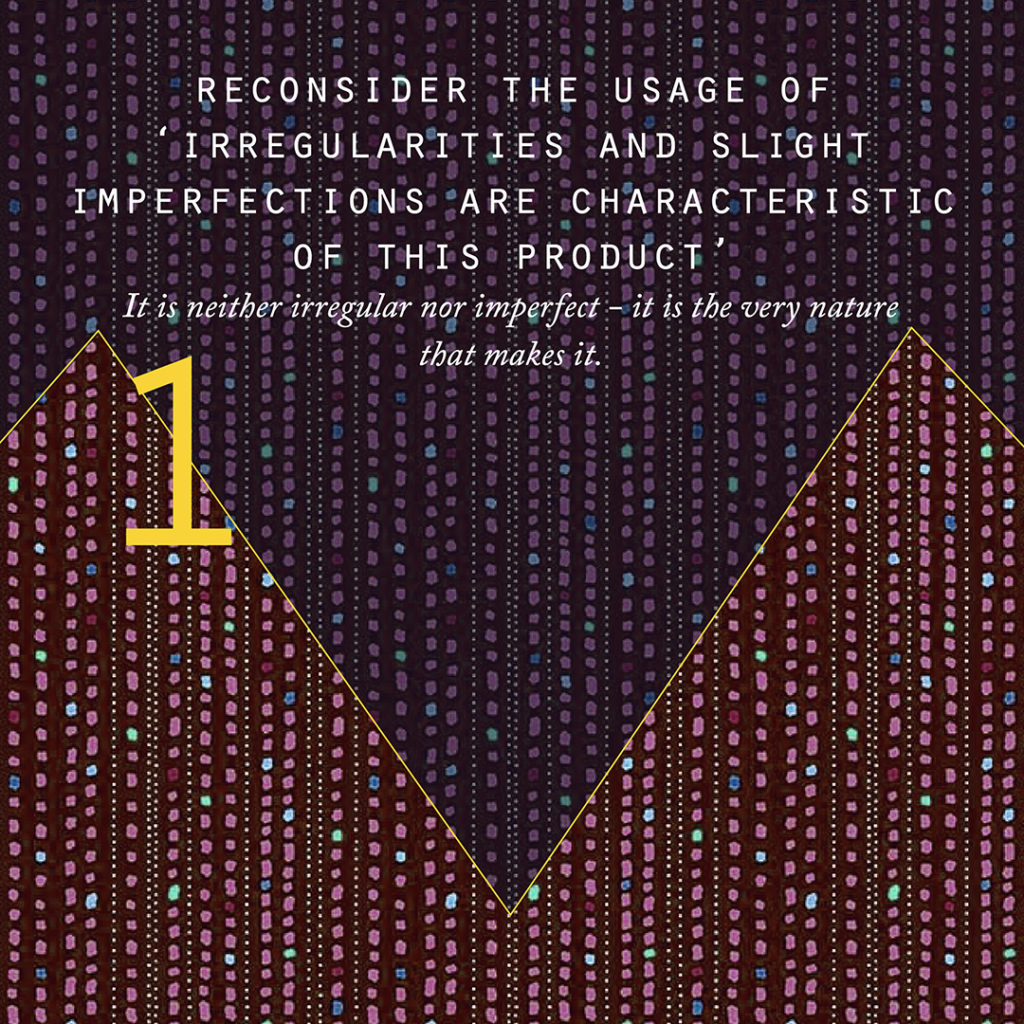
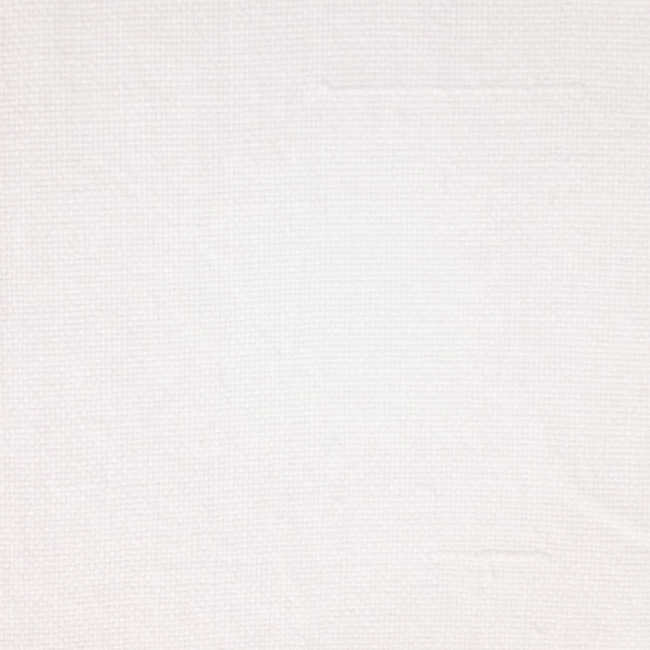
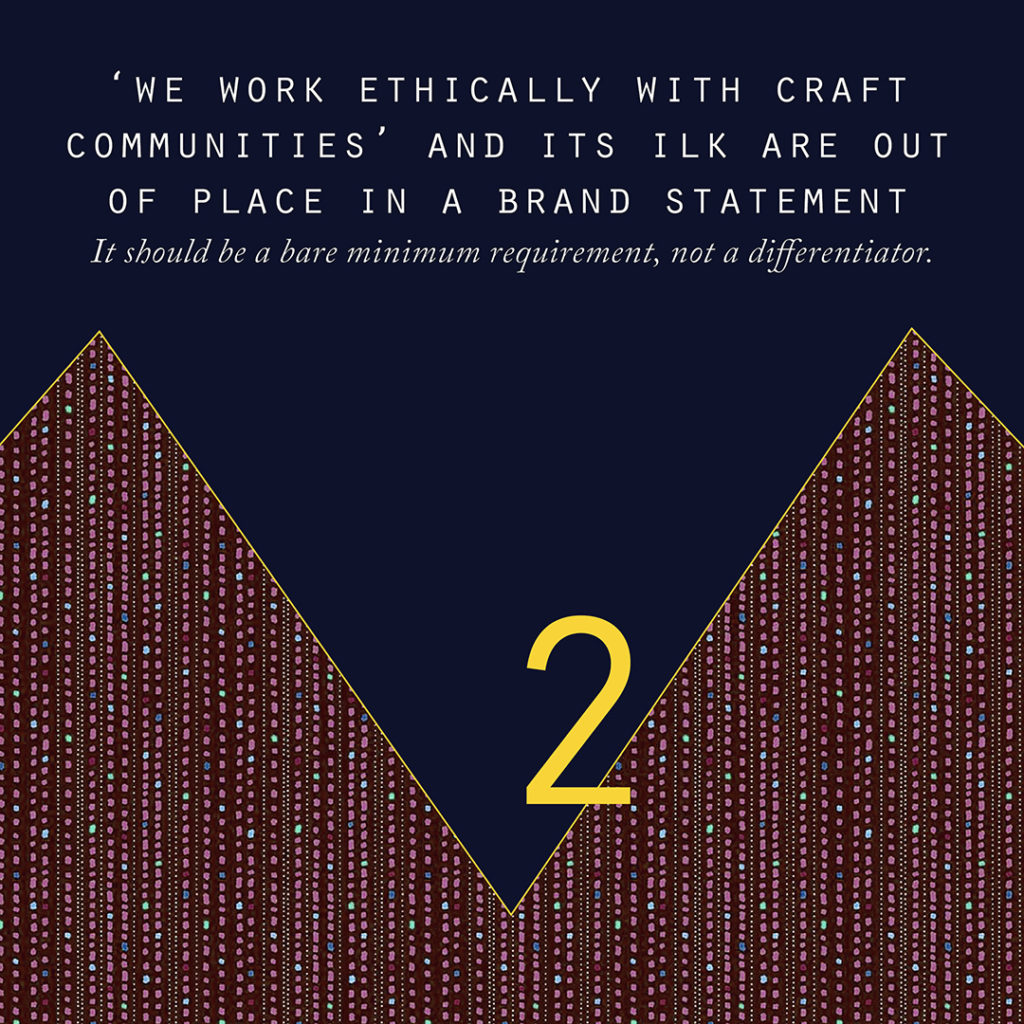
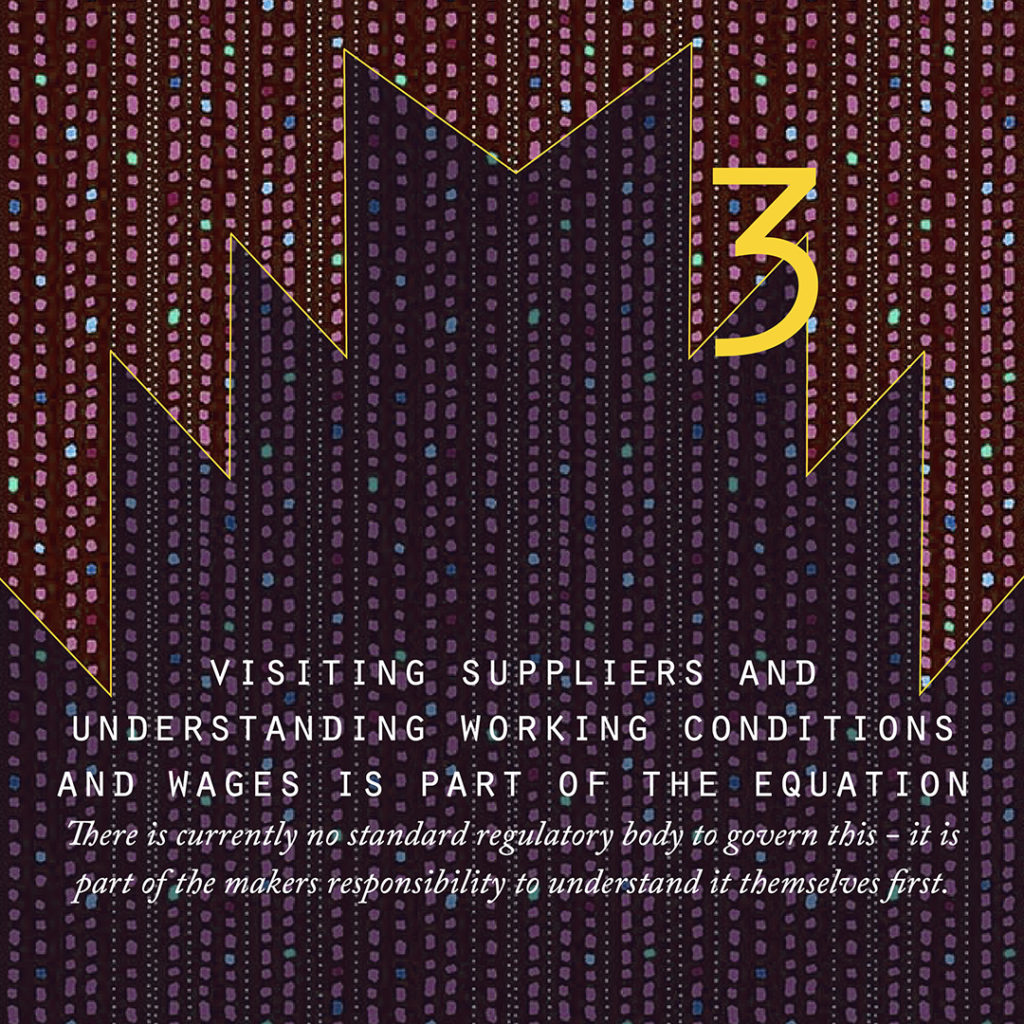
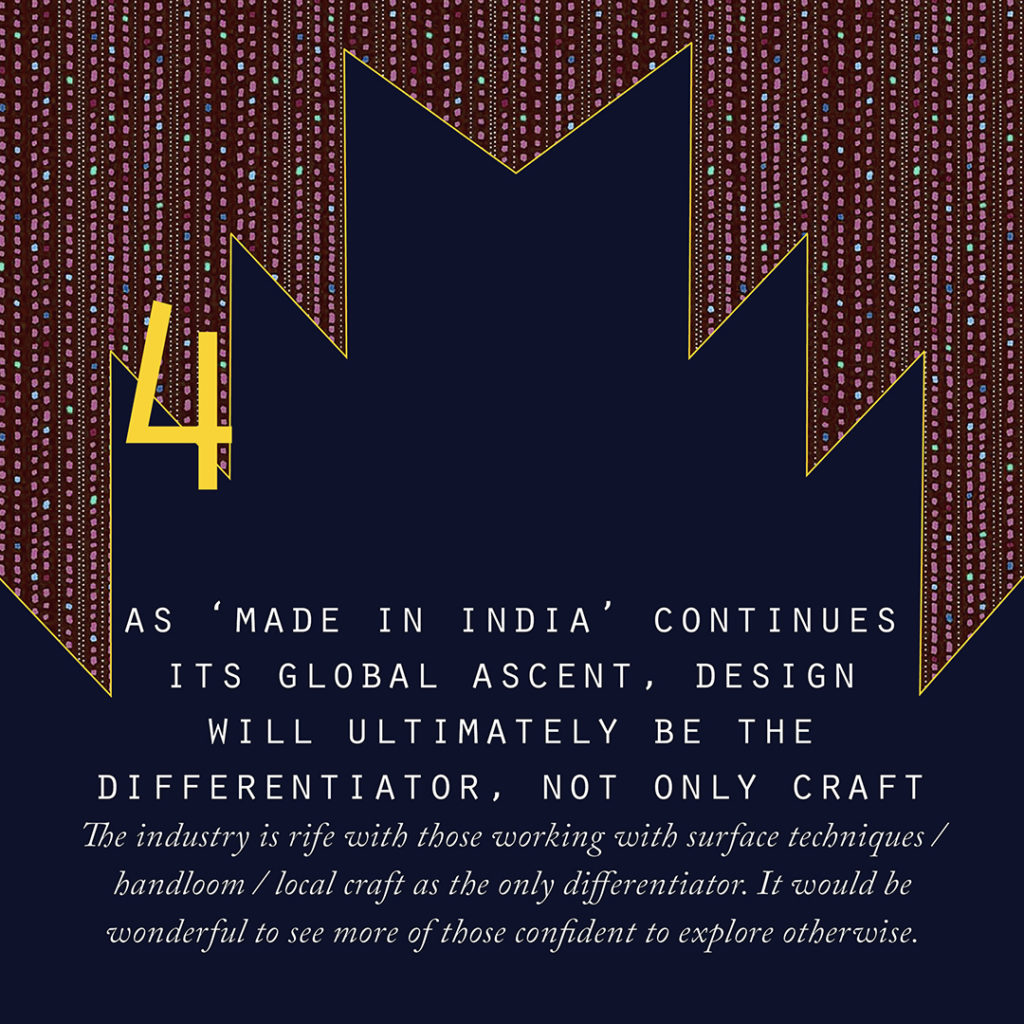
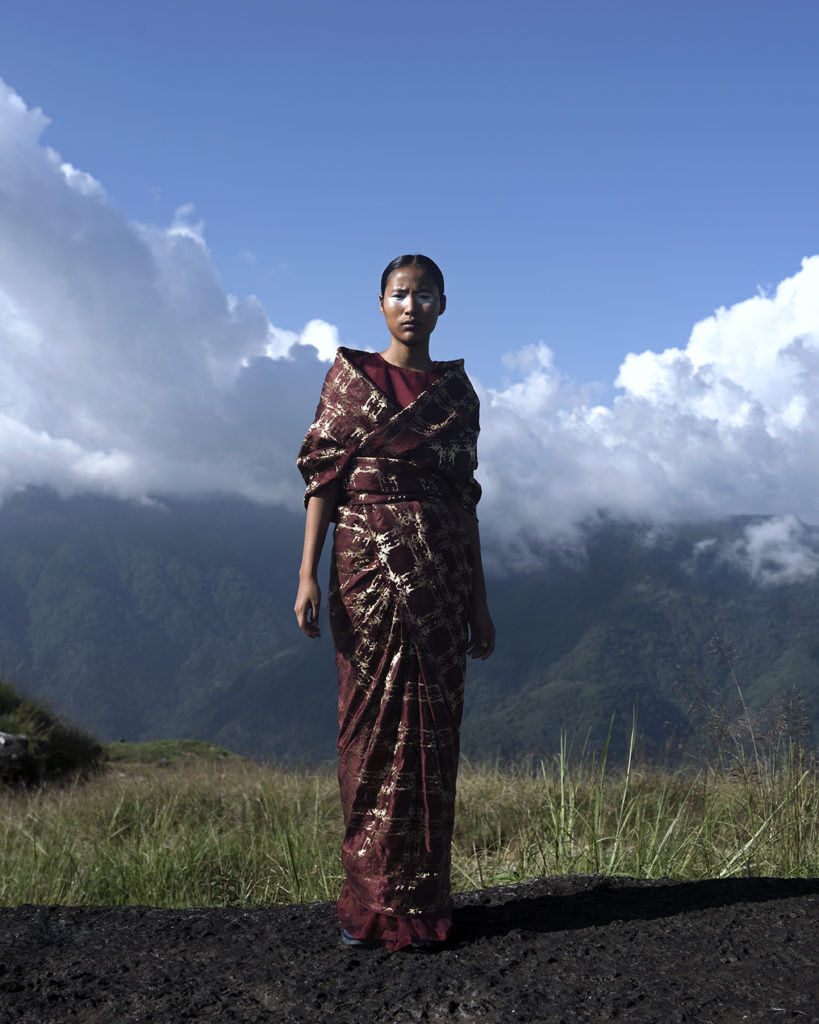
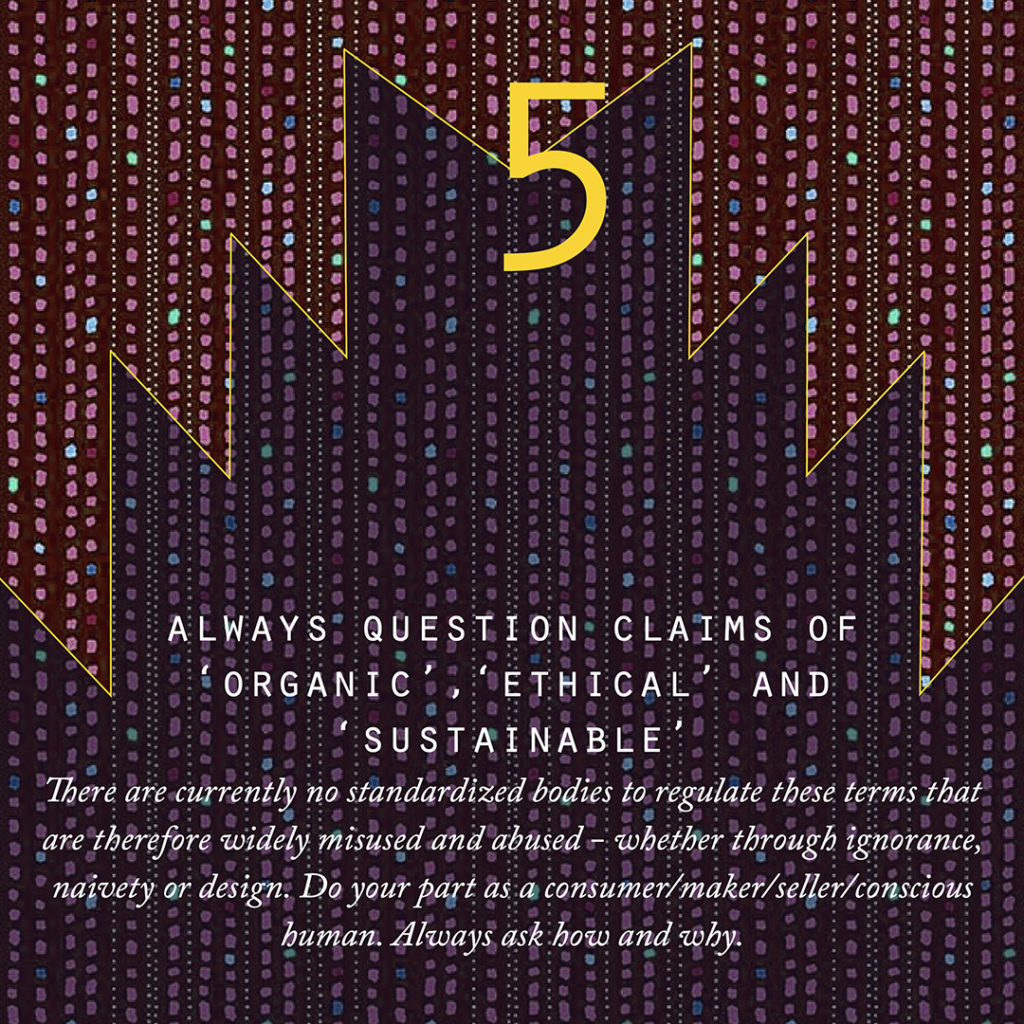
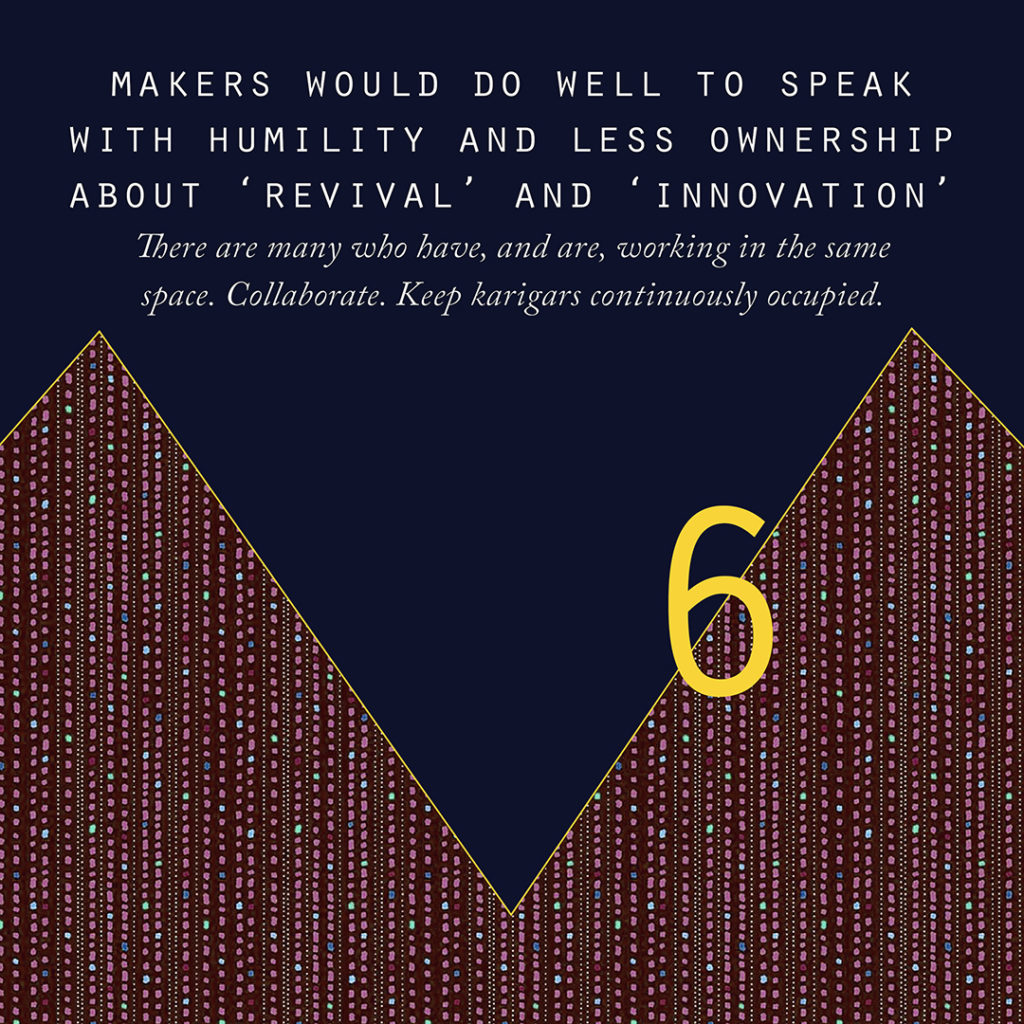
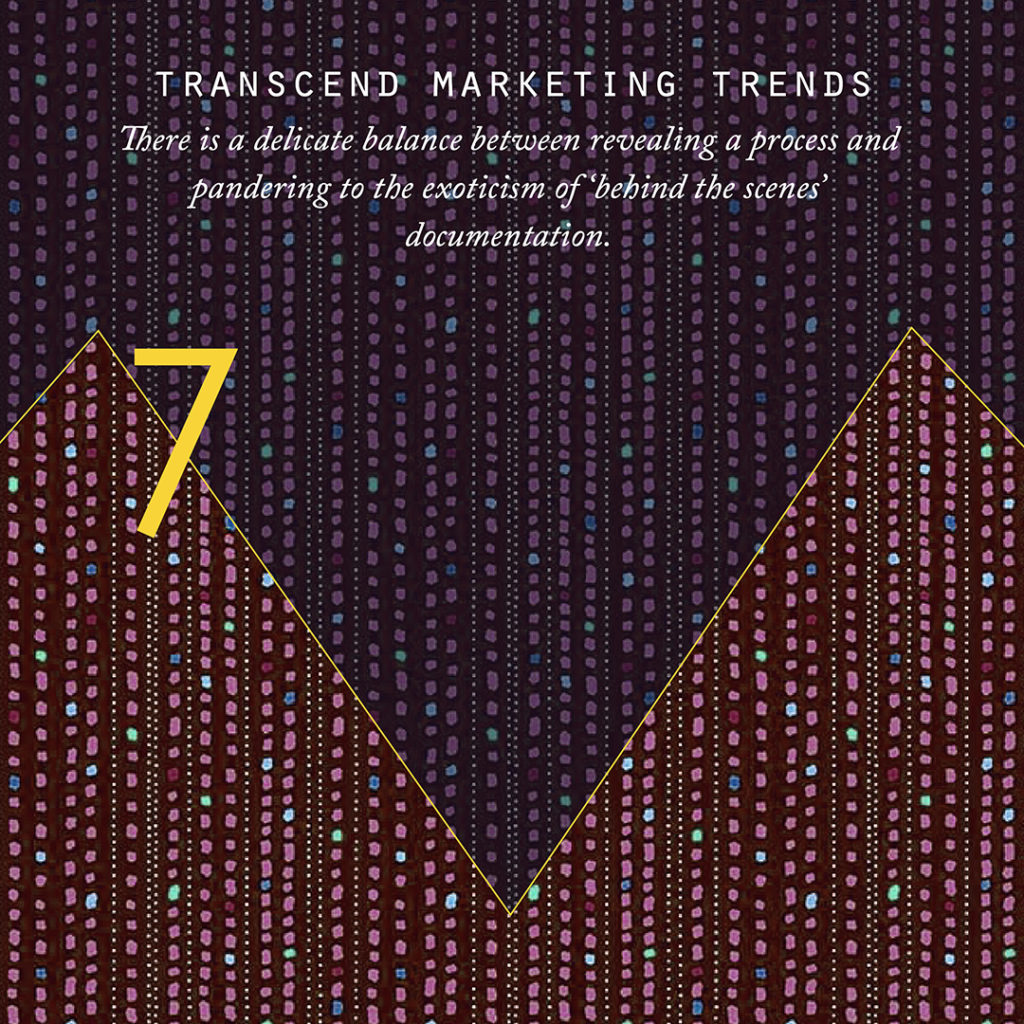
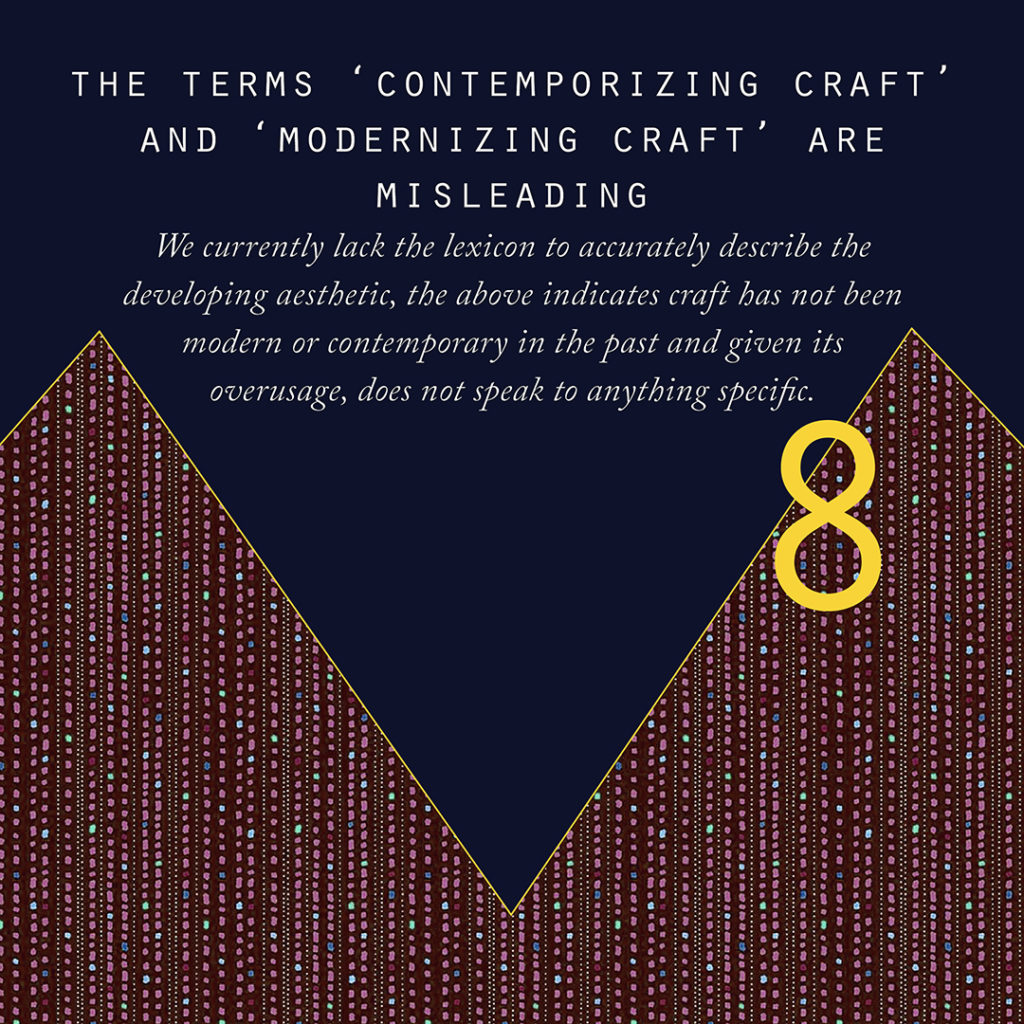
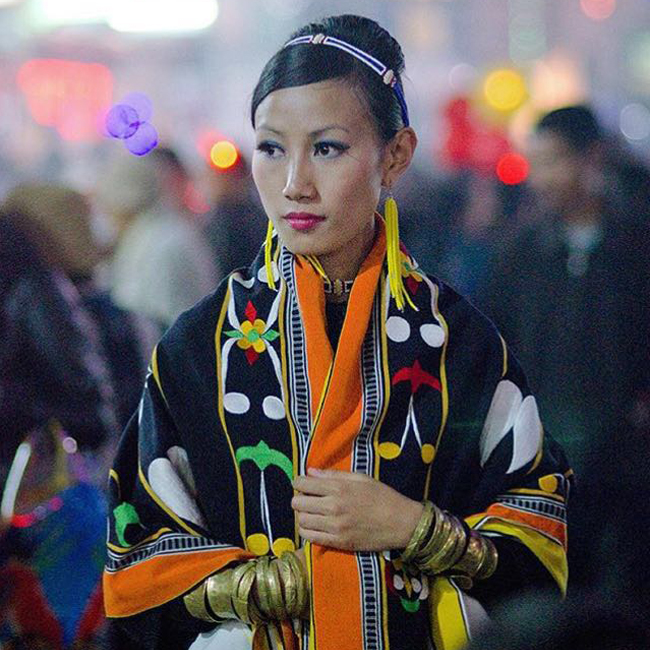
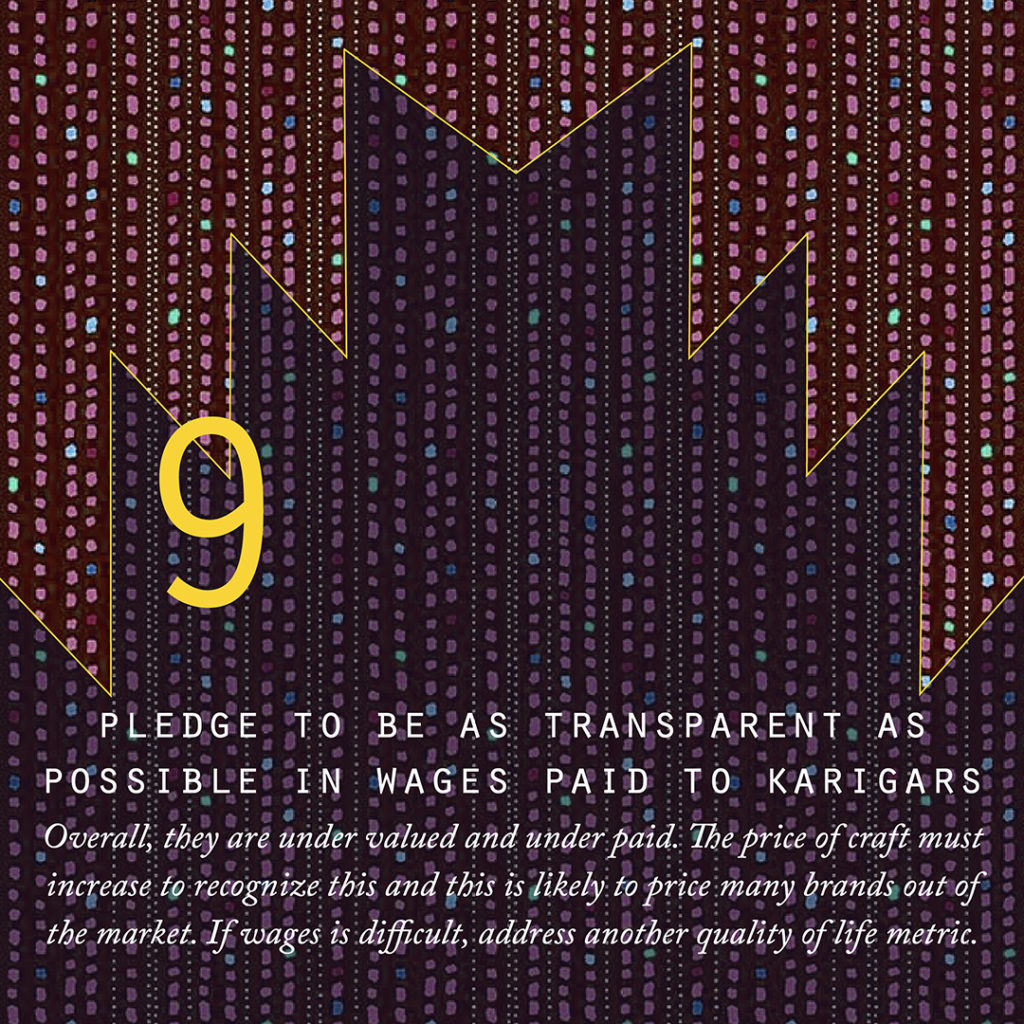
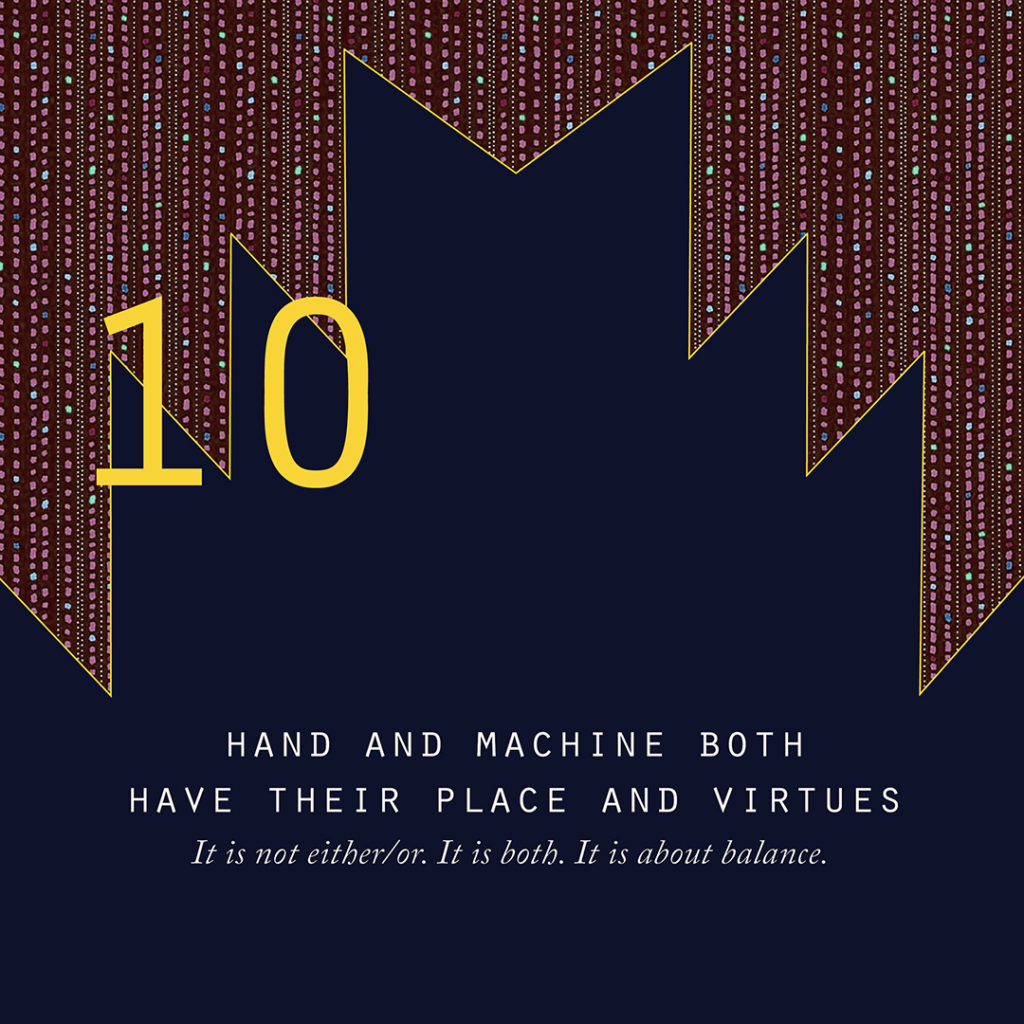
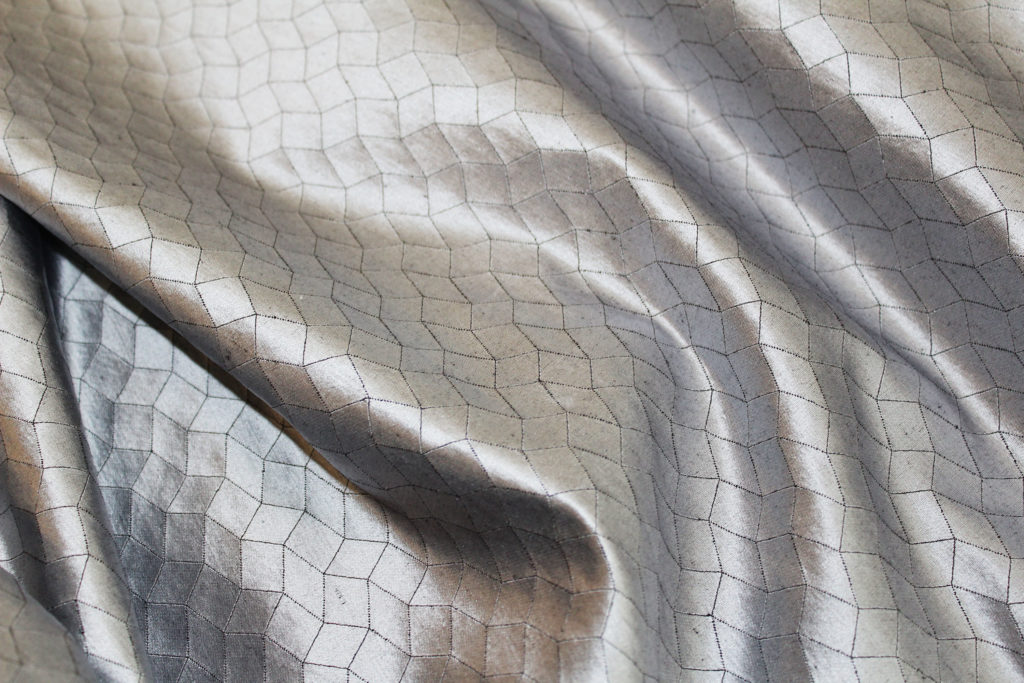
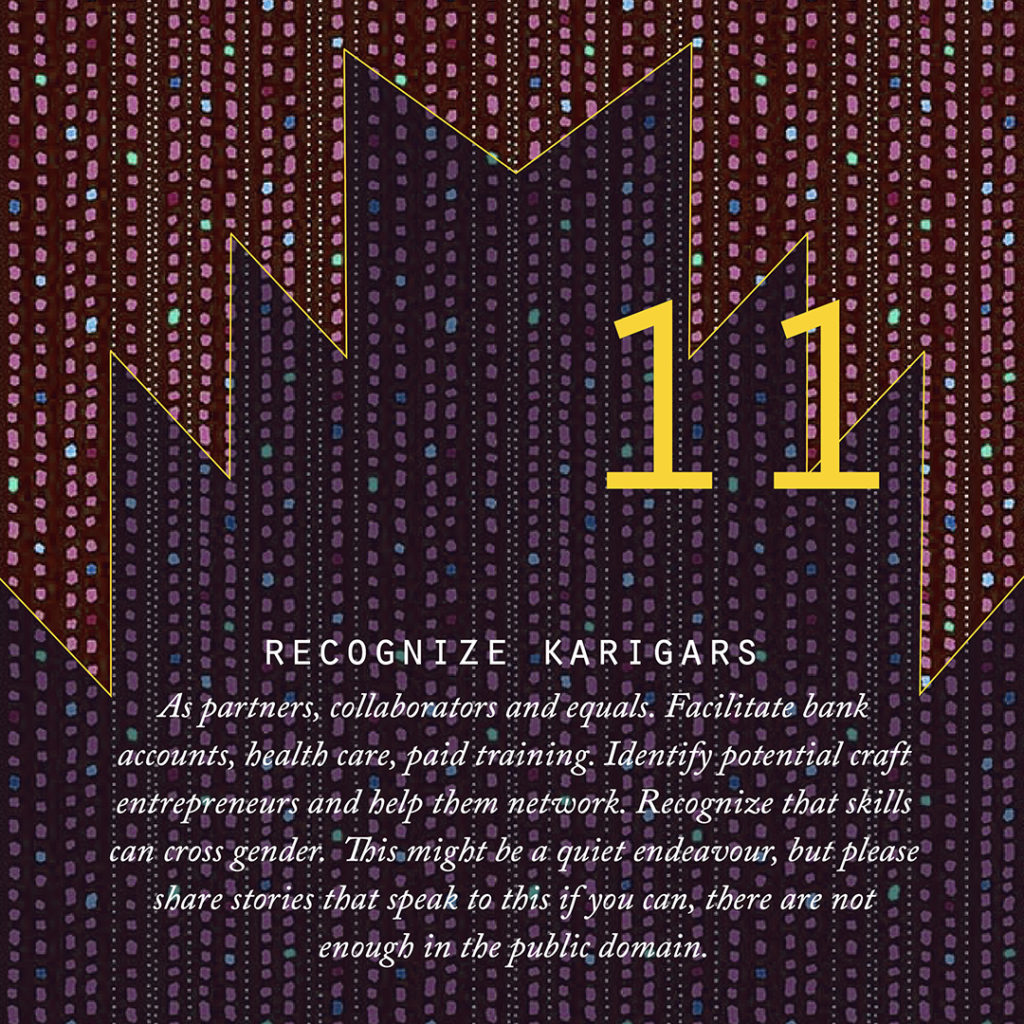
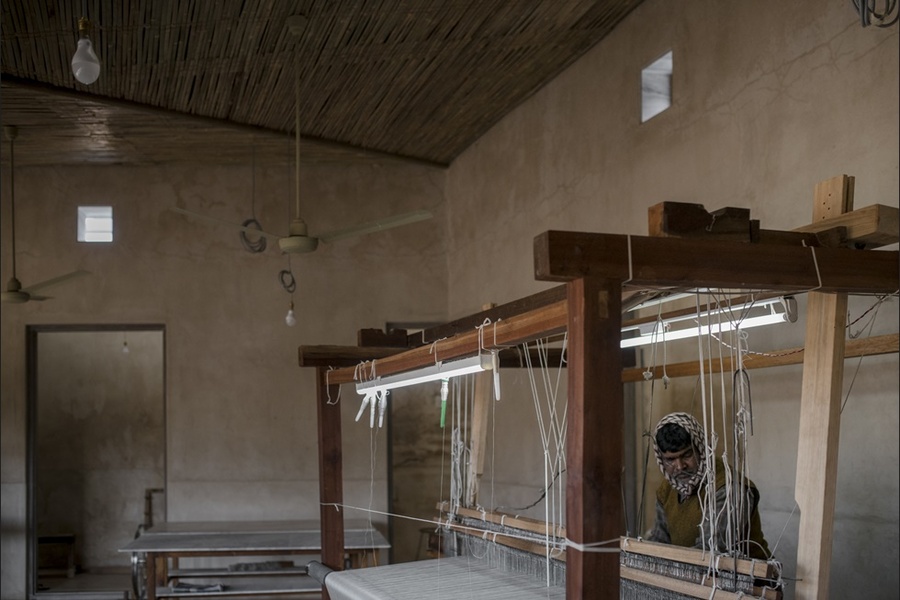
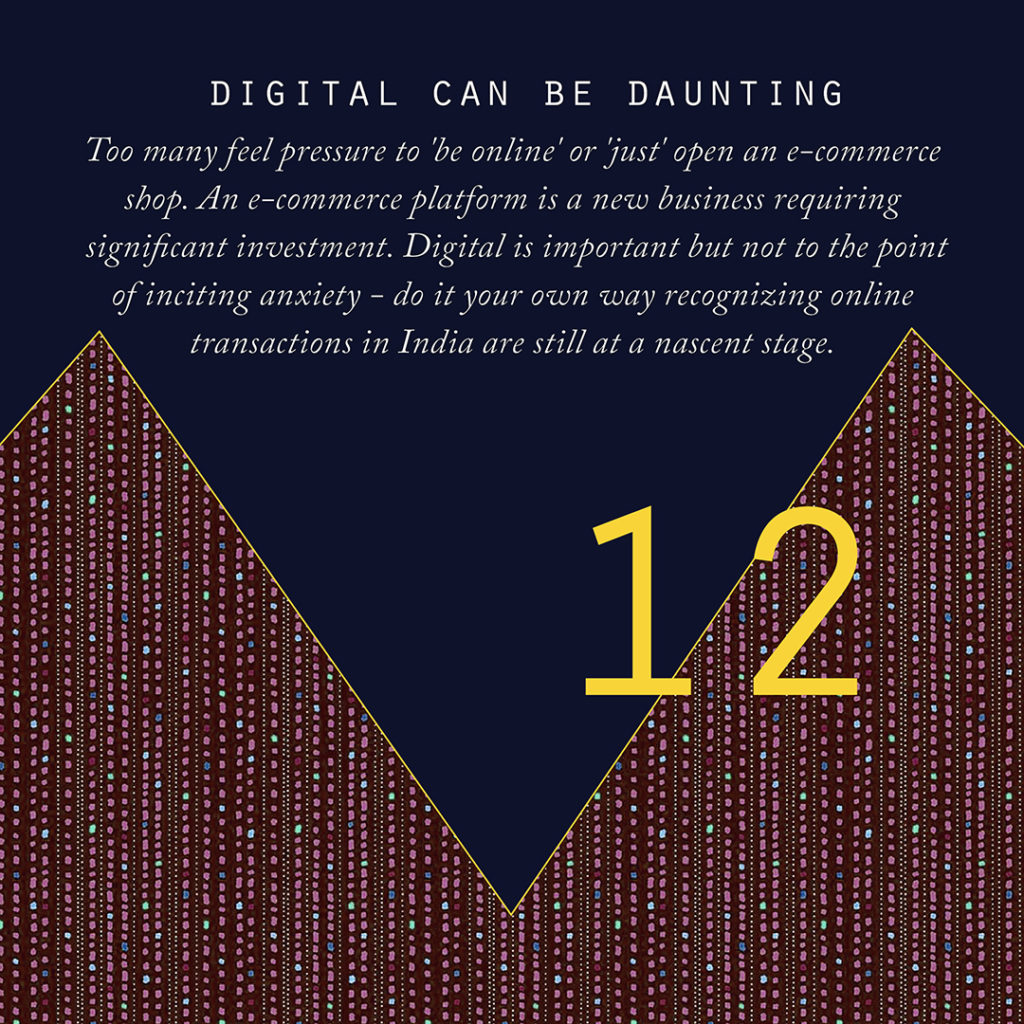
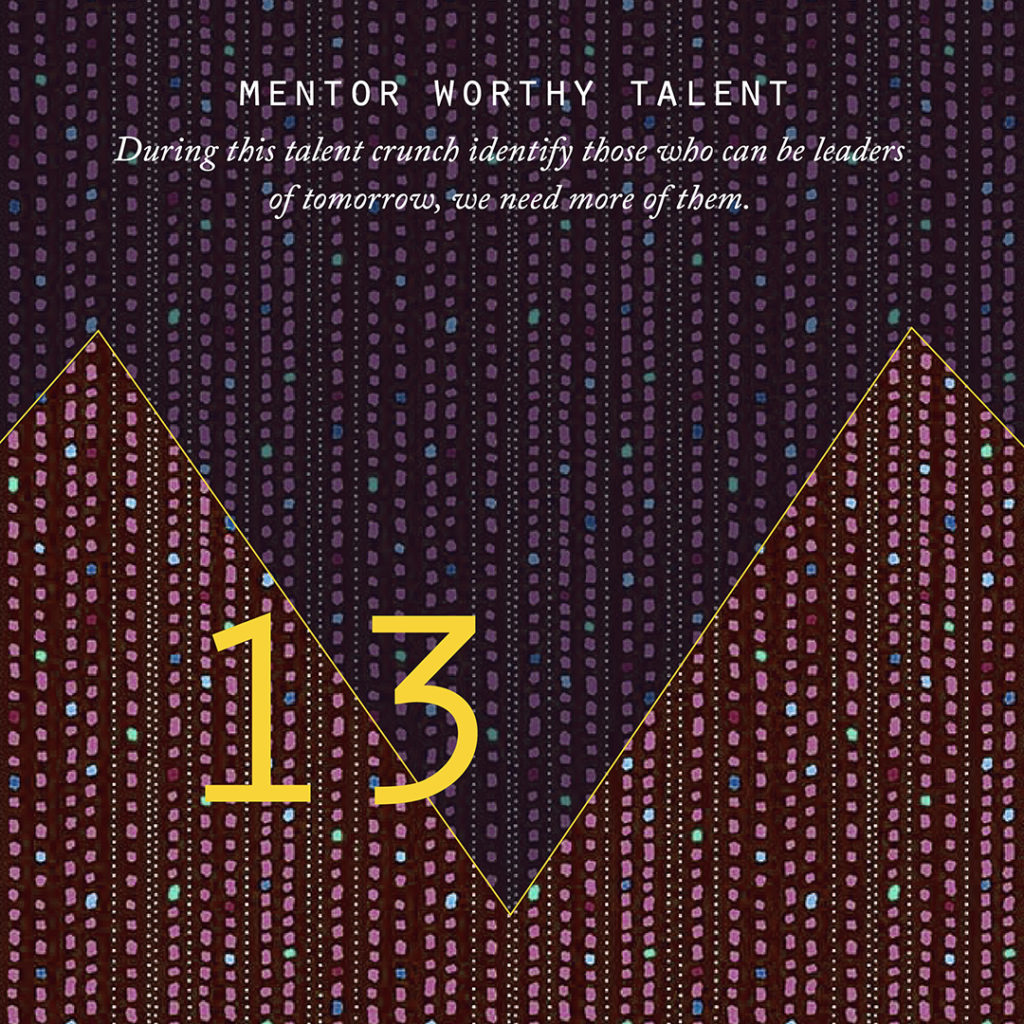
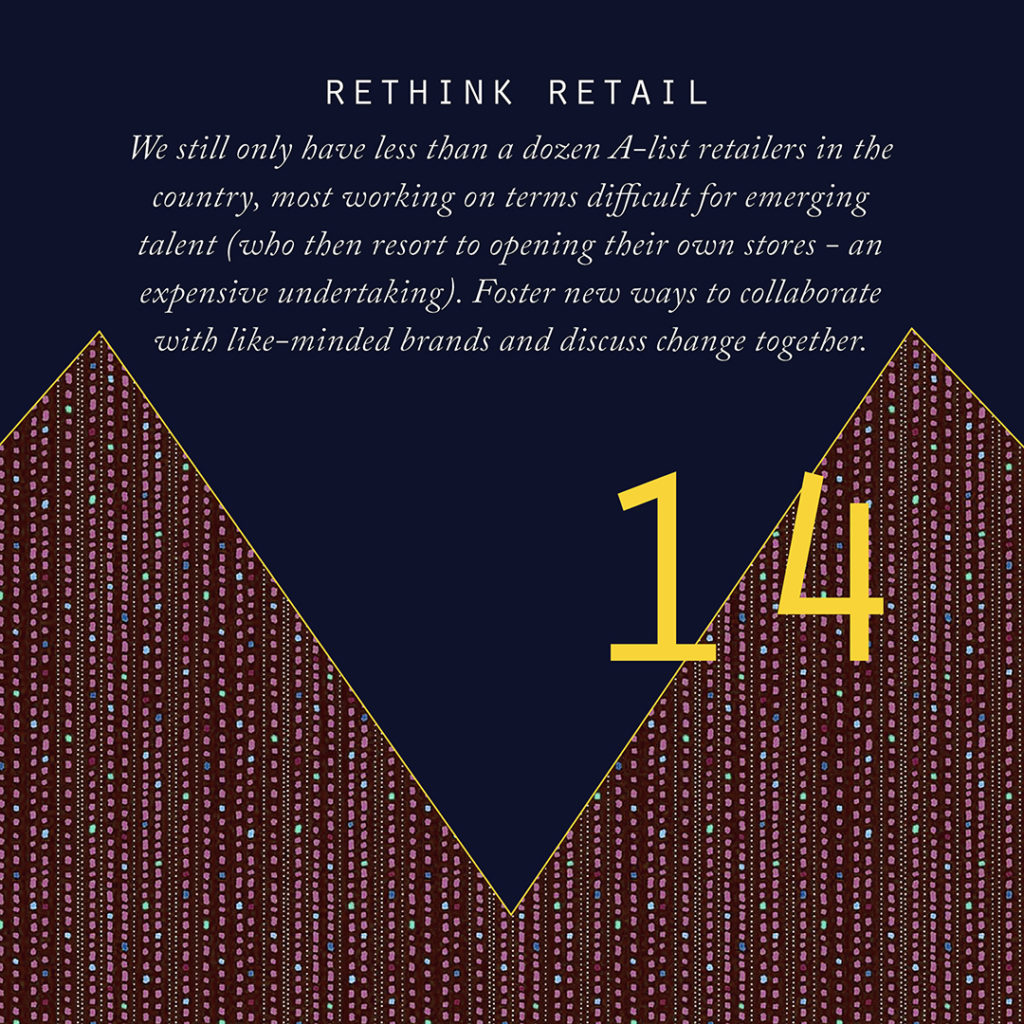
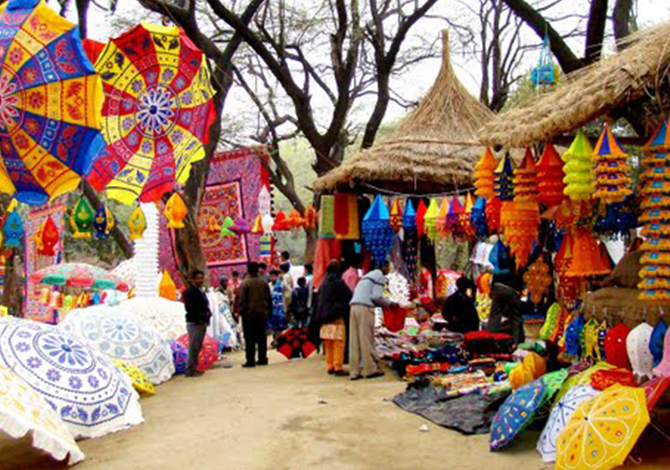
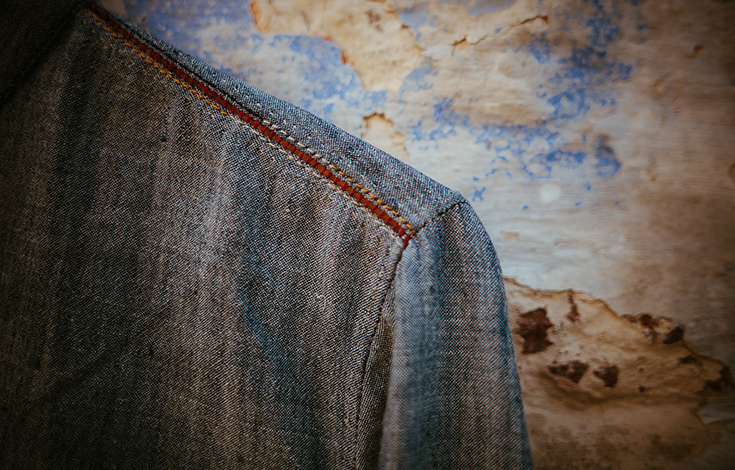
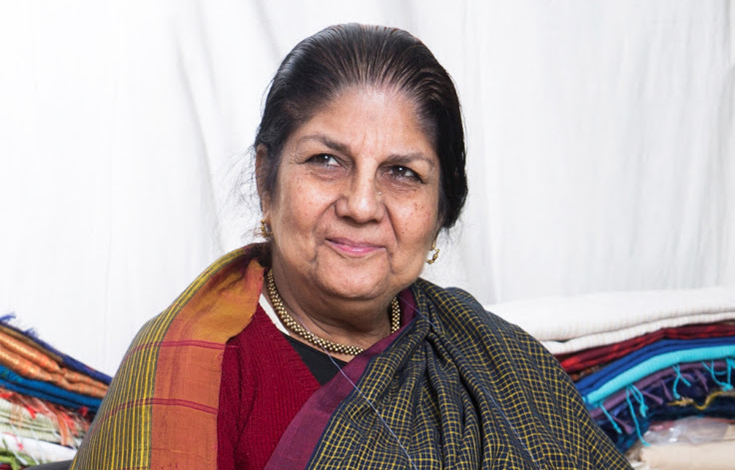
Beautifully and clearly presented!
Interesting points, would love to read the complete manifesto, if possible.
wonderful ! I will appreciate to receive a copy of the manifesto
Subscribe completely!
I am touched by the work that you are doing in documenting, disseminating and facilitating dialogues in the craft community.
Through the fashion house Melange and not for profit Morarka Centre for Arts, I have been working on issues of sustainability,craft,textiles, heritage architecture conservation and design for over 25 years now.
It is wonderful to find like-minded people having the same ideals and goals for the industry at large.
Let’s get in touch and explore the possibilities for collaboration.
I would love for Fool Dost to sign in alignment with the Manifesto,
As an author, photographer and researcher I have studied Indian art, culture and textiles for 25 years. Three of my books on India testify to this. Although the Incomplete Manifesto is ambitious, I totally subscribe to setting the bar high. It is embedded with integrity, inspiration and muscle. Endeavors like this will rightfully put Indian craftspeople back in the limelight for the inherent spirit India offers the world. Please add my name to signing the Manifesto.
Very well articulated. Deserves full support
So many questions being asked and answered on this forum! Very meaningful to me. I subscribe to this incomplete manifesto.
As an Industrial Designer who chose crafts and apparel as the area of Work I see- The industry really needs to define some standards for makers to abide by and buyers to know and make an aware selection. I completely support the mentioned.
Greetings!
Appreciate how a lot of points have been raised which do require intervention and attention . Would love to read the whole manifesto to see what else we have been missing out on and have a realisation and change in approach.